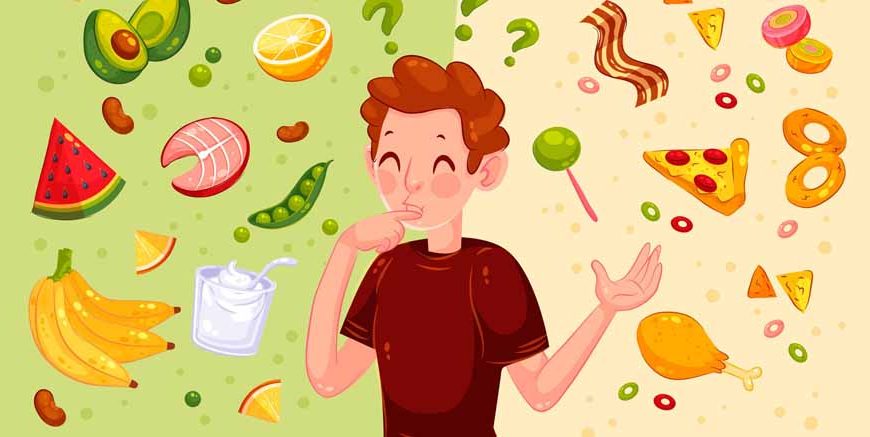Metabolism is the process by which the body converts food into energy to fuel various bodily functions, including breathing, digestion, and physical activity. A healthy metabolism is essential for children’s growth, development, and overall well-being. Here’s a detailed guide on how to enhance children’s metabolism:
Understanding Metabolism
– Definition: Metabolism encompasses all the chemical reactions that occur within the body to maintain life. It includes two main processes: catabolism, which breaks down molecules to release energy, and anabolism, which builds molecules to create new cells and tissues.
– Factors Affecting Metabolism: Metabolism is influenced by various factors, including genetics, age, body composition, hormone levels, and activity level. While some factors are beyond our control, there are ways to support and enhance metabolism through lifestyle choices and dietary habits.
How to Boost Metabolism:
- Regular Physical Activity:
- Strength Training:
- Stay Hydrated:
- Eat Regular Meals:
Encourage children to engage in regular physical activity, such as playing sports, running, cycling, swimming, or dancing. Physical activity increases metabolism by burning calories and building lean muscle mass.
Aim for at least 60 minutes of moderate to vigorous physical activity each day to support a healthy metabolism and overall fitness.
Incorporate strength training exercises into children’s routines, such as push-ups, squats, lunges, and resistance band exercises. Strength training helps build muscle mass, which boosts metabolism and improves body composition.
Start with bodyweight exercises and gradually introduce light weights or resistance bands as children grow stronger.
Encourage children to drink plenty of water throughout the day to stay hydrated and support metabolic processes. Dehydration can slow down metabolism and impair energy production.
Offer water as the primary beverage choice and limit sugary drinks, which can contribute to excess calorie intake and weight gain.
Ensure children eat regular, balanced meals and snacks throughout the day to keep their metabolism active and energy levels steady. Skipping meals or going long periods without eating can slow down metabolism and lead to overeating later on.
Include a combination of carbohydrates, protein, and healthy fats in each meal to provide sustained energy and support metabolic function.
Foods That Increase Metabolism:
- Protein-Rich Foods:
- Fibre-Rich Foods:
- Spicy Foods:
- Green Tea:
Include lean sources of protein in children’s meals, such as chicken, turkey, fish, eggs, dairy products, legumes, and tofu. Protein requires more energy to digest compared to carbohydrates or fats, which can help boost metabolism.
Incorporate high-fibre foods into children’s diets, such as fruits, vegetables, whole grains, beans, and nuts. Fibre aids digestion, promotes satiety, and supports a healthy metabolism by regulating blood sugar levels and promoting the growth of beneficial gut bacteria.
Introduce spicy foods into children’s meals occasionally, such as chilli peppers, cayenne pepper, ginger, and cinnamon. Spicy foods contain compounds like capsaicin and gingerol, which can temporarily increase metabolism and calorie burning.
Offer green tea as a hydrating beverage option for children. Green tea contains catechins, antioxidants that may help boost metabolism and promote fat-burning when consumed regularly as part of a balanced diet.
What are some exercises to boost metabolism in kids?
Here are some exercises that can help boost metabolism in kids:
- Running or Jogging:
- Jumping Jacks:
- Cycling:
- Skipping Rope:
- Dancing:
- Active Games:
- Swimming:
- Hiking:
- Strength Training Exercises:
- Active Playtime:
Running or jogging is a great cardiovascular exercise that can help elevate heart rate and increase metabolism. Encourage kids to run around the garden, in the park, or on a treadmill if available. Start with short bursts of running and gradually increase the duration as their stamina improves.
Jumping jacks are a fun and effective full-body exercise that can get kids’ hearts pumping and metabolism revved up. Guide them on how to perform jumping jacks properly, and encourage them to do sets of 10-20 repetitions with short breaks in between.
Cycling is another excellent aerobic exercise that engages large muscle groups and boosts metabolism. Whether riding a bicycle outdoors or using a stationary bike indoors, cycling can help improve cardiovascular health and increase calorie expenditure. Take family bike rides on weekends or set up a stationary bike at home for kids to use regularly.
Skipping rope is a simple yet effective exercise that can be done indoors or outdoors. It helps improve cardiovascular fitness, coordination, and agility while boosting metabolism. Teach kids how to jump rope safely and encourage them to practise for short intervals, gradually increasing the duration as they improve.
Dancing is an enjoyable way for kids to get moving and increase their metabolism. Put on some upbeat music and encourage kids to dance freely, following their own rhythm and movements. Dance parties at home or dance-based video games can make exercise feel like play.
Encourage kids to play active games that involve running, jumping, and moving their bodies. Games like tag, hide and seek, relay races and obstacle courses can help improve fitness levels and boost metabolism while keeping kids entertained.
Swimming is a low-impact, full-body exercise that can be especially beneficial for kids with joint issues or mobility challenges. It provides an excellent cardiovascular workout while building strength and endurance. Take kids to the pool for swimming sessions or enrol them in swimming lessons to improve their skills.
Hiking is a great outdoor activity that combines cardiovascular exercise with the beauty of nature. Take kids on family hikes through parks, nature trails, or mountainside paths. Hiking not only boosts metabolism but also provides opportunities for adventure and exploration.
Incorporate bodyweight exercises like push-ups, squats, lunges, and planks into kids’ routines to build muscle mass and increase metabolism. Start with simple exercises and gradually progress to more challenging variations as kids grow stronger.
Encourage kids to engage in active playtime activities such as climbing, swinging, crawling, and balancing. Playground equipment, jungle gyms, and play structures provide opportunities for kids to move their bodies and increase their metabolism while having fun.
In conclusion, enhancing children’s metabolism involves a combination of regular physical activity, strength training, healthy eating habits, and hydration. By encouraging a balanced lifestyle and incorporating metabolism-boosting foods into their diets, parents can support their children’s overall health and well-being.
Looking for a nurturing environment where your child can learn and grow? At EuroKids, we recognise the importance of fostering healthy habits from a young age, including regular physical activity and nutritious eating habits, to support children’s growth and development. Contact us today to learn more about our holistic approach to early childhood education.
















